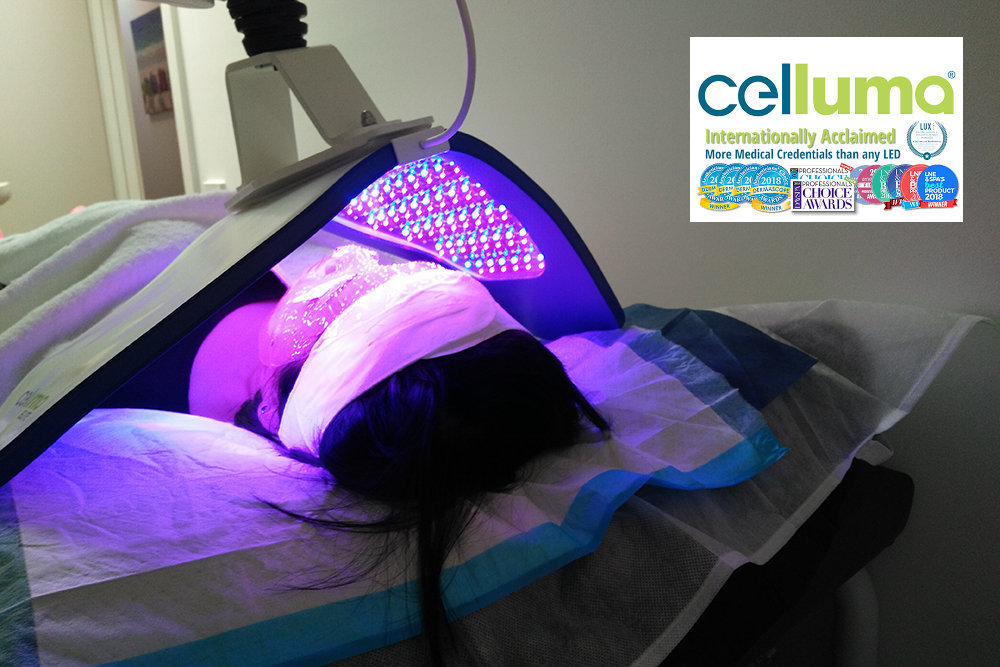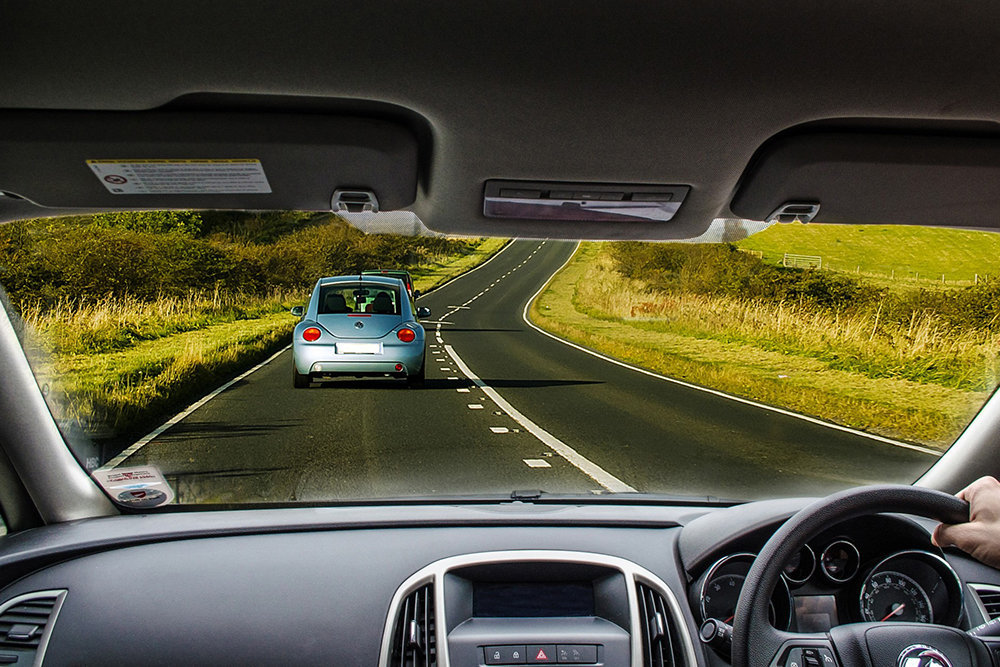These days you do not have to have a face lift to cut some years of your look. Most people are now looking to injectables – Botox, Dysport, Restylane and other noninvasive shots aimed to relax facial wrinkles and fill lines. We should always remember that injectables are not a replacement of a good daily skin care routine, but they can actually work in tandem with good skincare products to keep your skin looking healthy and prevent premature ageing. Injectables can deliver an almost instant gratification on your look, the sessions are fast and the procedures are typically pretty painless.
They are also much cheaper options with less downtime compared to plastic surgeries. Treatment prices can range anywhere from $ 250 to more than $1000 depending on the type of treatment and the area treated.
As in any treatment, there could be side effects as well, including bruising, drooped eye, swelling.




